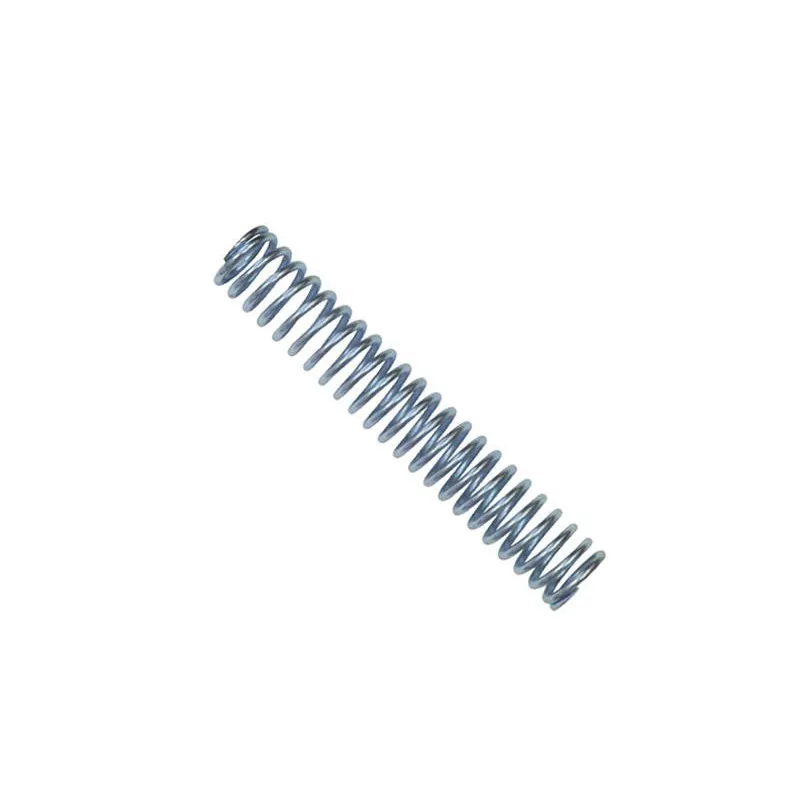
- Mobile Phone
- +8613931874955
- sales@cntcmetal.com
reinforcement wire mesh panels
The Importance of Reinforcement Wire Mesh Panels in Construction
In the realm of construction, the quest for strength and durability is never-ending. Among the myriad of materials that fulfill this need, reinforcement wire mesh panels have gained prominence for their effectiveness and versatility. These panels are critical components in various applications, providing structural support and enhancing the integrity of concrete structures.
Reinforcement wire mesh panels are constructed from intersecting steel wires arranged in a grid-like pattern. They are specifically designed to be embedded within concrete during the pouring process. The combination of steel and concrete creates a composite material that can withstand considerable tensile and compressive forces, making it ideal for buildings, roads, bridges, and numerous other infrastructures.
One of the primary benefits of using reinforcement wire mesh panels is their ability to control cracking. Concrete, while excellent in compression, has limited tensile strength. When subjected to stress or environmental changes such as temperature fluctuations and moisture variations, it can crack, compromising its structural integrity. By incorporating wire mesh panels into concrete, contractors can effectively distribute stresses across the structure, significantly minimizing the occurrence of cracks. This enhances both the durability and longevity of the concrete.
Moreover, reinforcement wire mesh panels are particularly advantageous in terms of labor efficiency. The installation process is relatively straightforward. Panels can be cut to size and positioned easily, allowing for quicker setup timelines compared to traditional rebar reinforcement methods. This not only reduces labor costs but also accelerates project timelines, which is crucial in today's fast-paced construction environment.
reinforcement wire mesh panels

In addition to their performance benefits, reinforcement wire mesh panels also contribute to sustainability. The use of steel, a highly recyclable material, promotes environmental stewardship in construction. By opting for wire mesh over other materials, builders can reduce waste and promote a circular economy. Furthermore, the longevity of structures reinforced with wire mesh minimizes the need for repairs, further conserving resources over the lifespan of the building.
Another significant advancement in the field is the development of high-strength wire mesh panels. With the rising demands for stronger and more resilient structures, manufacturers have responded by producing panels that can accommodate higher loads. These high-strength wires are designed to endure extreme conditions, making them suitable for heavy-duty applications where safety and reliability are paramount.
Reinforcement wire mesh panels are also highly customizable. They come in various sizes and shapes, which allows engineers and architects to tailor them to specific project requirements. Whether for residential, commercial, or industrial applications, these panels can be adapted to meet the precise needs of each project while maintaining structural integrity.
In conclusion, reinforcement wire mesh panels play a crucial role in modern construction. Their ability to control cracking, enhance structural integrity, improve labor efficiency, and promote sustainability makes them an invaluable asset in building resilient infrastructures. As construction technology continues to evolve, the importance of using sophisticated materials like reinforcement wire mesh will undoubtedly increase. Embracing these advancements will not only enhance the quality of construction but also ensure that our built environment can withstand the test of time and the challenges of nature. Whether you are a builder, engineer, or architect, considering reinforcement wire mesh during the design and construction phases can be the key to achieving enduring strength and sustainability in your projects.
share:
-
Your Source for Concrete Wall Ties and Masonry AccessoriesNewsJul.10,2025
-
Unlocking the Power of Iron Wire for Every ProjectNewsJul.10,2025
-
Explore Advanced Chain Wire and Stainless Steel Mesh FencingNewsJul.10,2025
-
Discover the Benefits of Annealed Wire ProductsNewsJul.10,2025
-
Discover China Stainless Steel Wire Mesh SolutionsNewsJul.10,2025
-
Build with Confidence Using High-Performance Masonry AccessoriesNewsJul.10,2025
-
Why Sacrificial Formwork Is Redefining Underground ConstructionNewsJun.06,2025



















